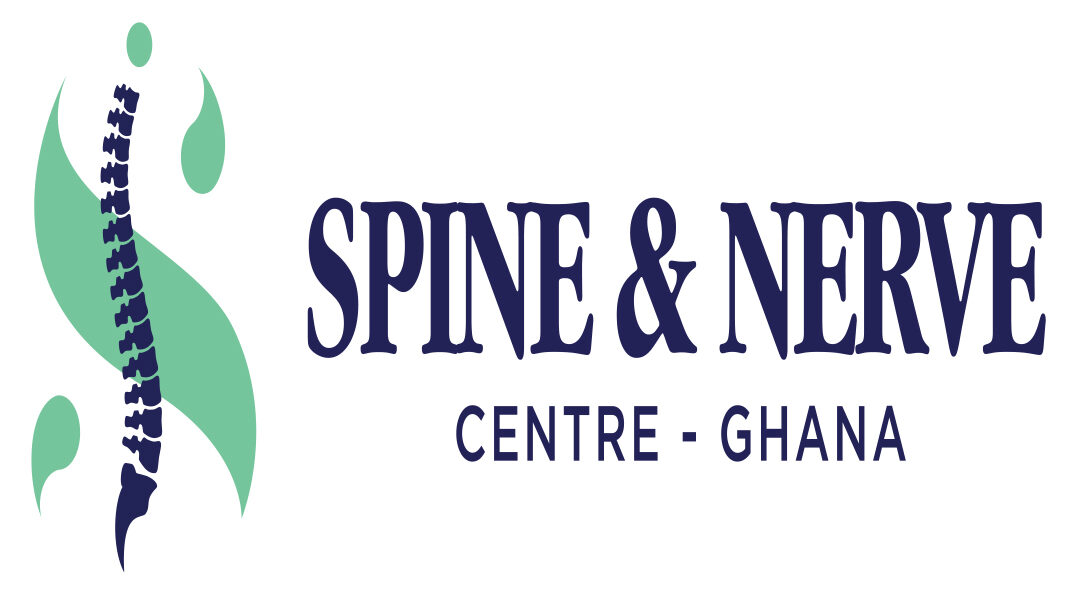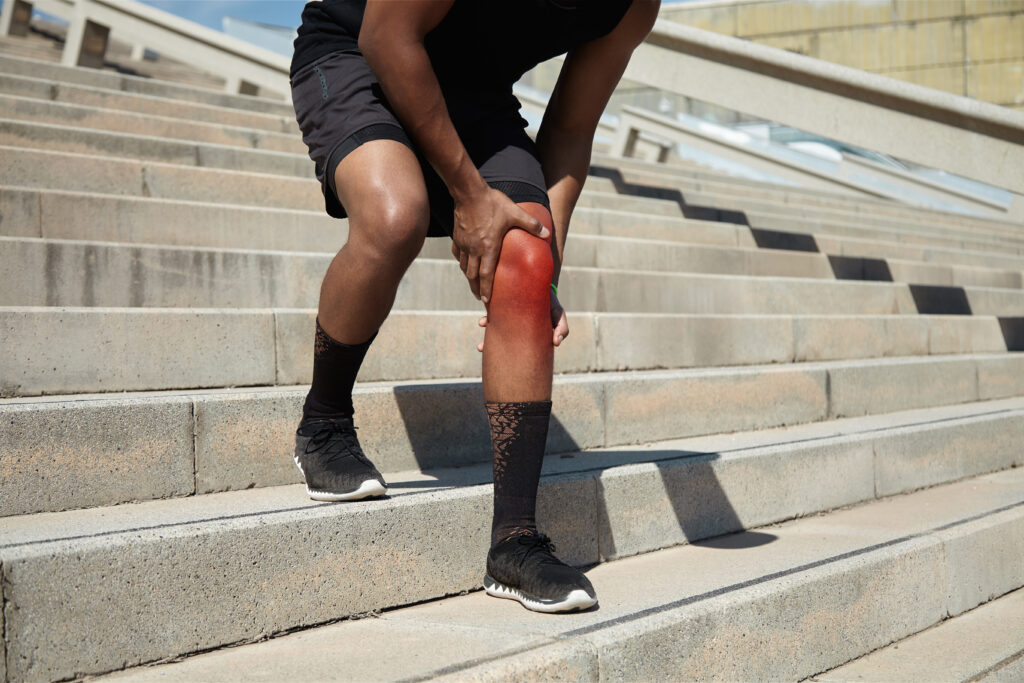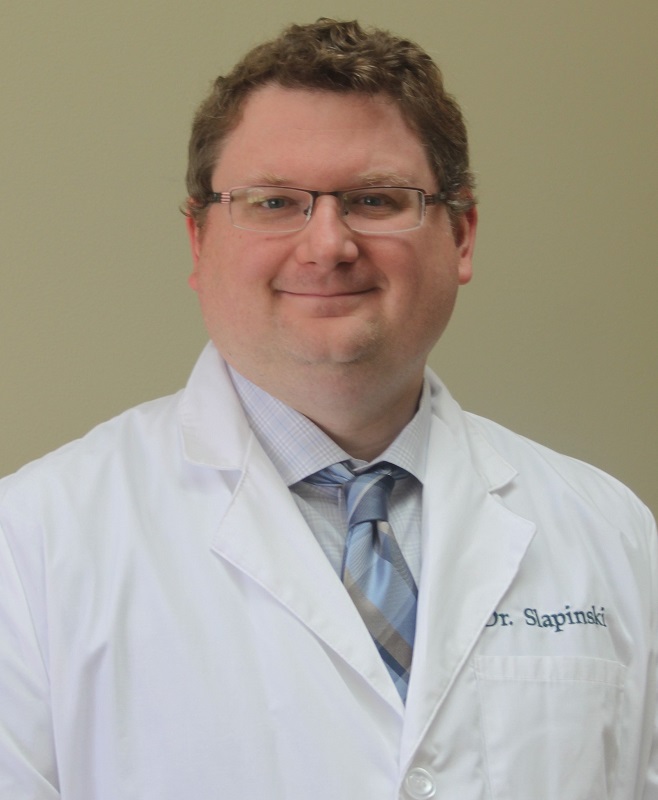Knee Pain in Accra
Knee Pain
Knee and hip pain are the two common and often interrelated issues that can significantly impact mobility and overall quality of life. Many people suffer from knee and hip pain throughout their life, these are major joints that hold up your entire body. There is a lot of stress in movement that happens right at your knees and hips, so it is no wonder why people deal with chronic pain and discomfort.


